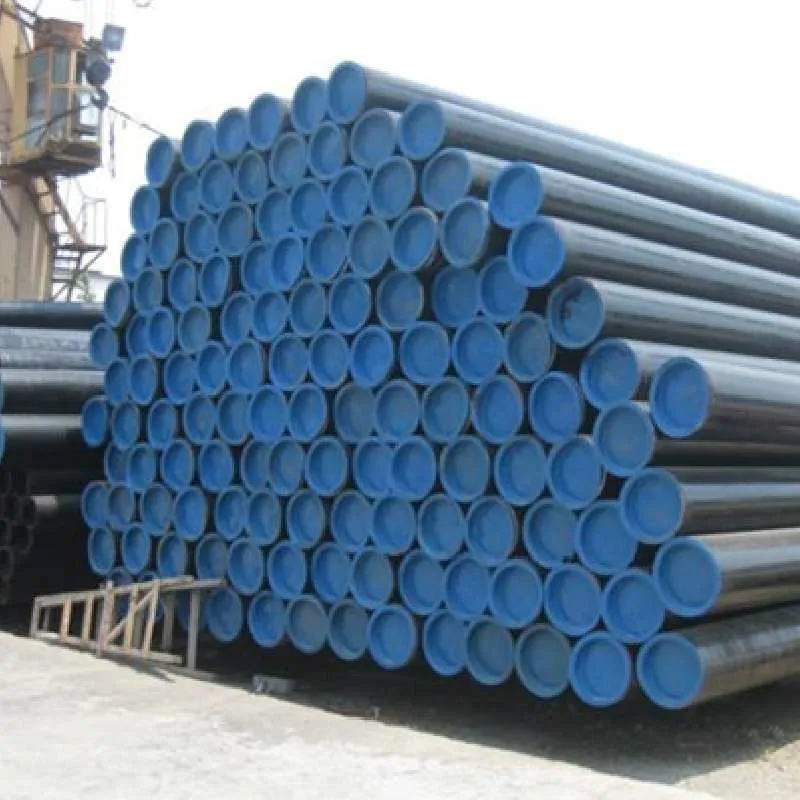-
Cangzhou Yulong Steel Co., Ltd.
-
Phone:
+86 13303177267 -
Email:
admin@ylsteelfittings.com
- English
- Arabic
- Italian
- Spanish
- Portuguese
- German
- kazakh
- Persian
- Greek
- French
- Russian
- Polish
- Thai
- Indonesian
- Vietnamese
- Zulu
- Korean
- Uzbek
- Hindi
- Serbian
- Malay
- Ukrainian
- Gujarati
- Haitian Creole
- hausa
- hawaiian
- Hebrew
- Miao
- Hungarian
- Icelandic
- igbo
- irish
- Japanese
- Javanese
- Kannada
- Khmer
- Rwandese
- Afrikaans
- Albanian
- Amharic
- Armenian
- Azerbaijani
- Basque
- Belarusian
- Bengali
- Bosnian
- Bulgarian
- Catalan
- Cebuano
- China
- China (Taiwan)
- Corsican
- Croatian
- Czech
- Danish
- Esperanto
- Estonian
- Finnish
- Frisian
- Galician
- Georgian
- Kurdish
- Kyrgyz
- Lao
- Latin
- Latvian
- Lithuanian
- Luxembourgish
- Macedonian
- Malgashi
- Malayalam
- Maltese
- Maori
- Marathi
- Mongolian
- Myanmar
- Nepali
- Norwegian
- Norwegian
- Occitan
- Pashto
- Dutch
- Punjabi
- Romanian
- Samoan
- Scottish Gaelic
- Sesotho
- Shona
- Sindhi
- Sinhala
- Slovak
- Slovenian
- Somali
- Sundanese
- Swahili
- Swedish
- Tagalog
- Tajik
- Tamil
- Tatar
- Telugu
- Turkish
- Turkmen
- Urdu
- Uighur
- Welsh
- Bantu
- Yiddish
- Yoruba

Dec . 05, 2024 05:46 Back to list
API 5LX52 Specification Overview and Key Features for Pipeline Applications
Understanding the API 5L X52 Specification A Comprehensive Overview
The API 5L X52 specification is an integral part of the oil and gas industry, primarily concerning the manufacturing of line pipes. Developed by the American Petroleum Institute (API), the X52 grade within this specification is essential for pipelines that transport natural gas, petroleum, and other fluid substances. In this article, we will delve into the characteristics, applications, and significance of the API 5L X52 specification.
What is API 5L?
API 5L is a specification that encompasses the requirements for the manufacturing and testing of welded and seamless steel pipes used in pipelines. It governs the materials, dimensions, and quality standards of these pipes to ensure safety, reliability, and structural integrity during their service life. The “L” in API 5L stands for line pipe, distinguishing it from other API specifications designed for different types of pipes and materials.
Grades of API 5L
The API 5L specification includes several grades, each defined by its yield strength and tensile properties. The grades range from S, A, B, to X grades, with X grades indicating higher strength. X52 is one of these higher grades, denoting a minimum yield strength of 52,000 psi (pounds per square inch). The specifications also classify pipes based on their chemical composition and mechanical properties, ensuring they are suited for specific operational conditions.
Chemical Composition
For pipes meeting the API 5L X52 standard, the chemical composition is critical. The material typically includes carbon, manganese, phosphorus, sulfur, silicon, and may also contain small amounts of chromium, nickel, or molybdenum, depending on the intended use and environmental conditions. The careful balancing of these elements is crucial for enhancing corrosion resistance, ductility, and overall durability.
Mechanical Properties
api5lx52 specification

The mechanical properties of the API 5L X52 pipes contribute significantly to their performance in demanding applications. The minimum yield strength of 52,000 psi ensures that these pipes can withstand considerable stress, making them suitable for high-pressure environments. Alongside the yield strength, the tensile strength and elongation criteria further define the material's ability to undergo deformation without failure. These properties enable X52 pipes to maintain integrity during installation and throughout their service life.
Applications of API 5L X52
API 5L X52 pipes are widely used in various applications within the oil and gas sector. They primarily serve to transport oil, natural gas, and water, making them vital components of pipelines that span vast distances. In addition to the traditional oil and gas applications, X52 pipes are also increasingly utilized in renewable energy projects, such as geothermal energy installations and hydrogen transportation systems.
The specifications help to ensure that the pipes can handle the rigorous demands of sub-surface conditions, where temperature and pressure can fluctuate significantly. Moreover, X52 pipes are chosen for their resistance to corrosion and external factors, enhancing their suitability for a range of environmental conditions.
Importance of Compliance
Adhering to the API 5L X52 specification is essential for manufacturers and operators in the oil and gas industry. Compliance with this standard not only ensures the structural integrity and safety of pipelines but also meets regulatory requirements imposed by governments and industry bodies. Non-compliance could lead to significant financial losses, safety incidents, and environmental hazards, underscoring the importance of upholding these industry standards.
Conclusion
In conclusion, the API 5L X52 specification plays a crucial role in the oil and gas industry, providing guidelines for the manufacturing of high-strength line pipes that can handle the rigorous demands of fluid transportation. With its defined chemical composition and mechanical properties, API 5L X52 pipes ensure safety, reliability, and efficiency in a wide range of applications. As the industry continues to evolve, adherence to specifications like API 5L is paramount for maintaining operational integrity and promoting sustainable practices. Understanding and utilizing the API 5L X52 specification is not only a best practice but a fundamental necessity in the modern energy landscape.
Latest news
-
ANSI 150P SS304 SO FLANGE
NewsFeb.14,2025
-
ASTM A333GR6 STEEL PIPE
NewsJan.20,2025
-
ANSI B16.5 WELDING NECK FLANGE
NewsJan.15,2026
-
ANSI B16.5 SLIP-ON FLANGE
NewsApr.19,2024
-
SABS 1123 FLANGE
NewsJan.15,2025
-
DIN86044 PLATE FLANGE
NewsApr.19,2024
-
DIN2527 BLIND FLANGE
NewsApr.12,2024
-
JIS B2311 Butt-Welding Fittings LR/SR 45°/90° /180°Seamless/Weld
NewsApr.23,2024











